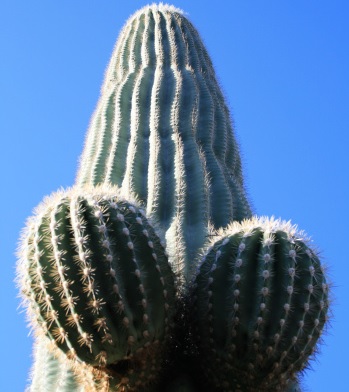freediver
Gold Member
     Offline
Offline

www.ozpolitic.com
Posts: 48833
At my desk.
|
Not just at the ANU:
https://education.nsw.gov.au/schooling/parents-and-carers/going-to-school/everyd
ay-maths/primary/resources/five-ways-maths-is-used-in-aboriginal-culture
Five ways maths is used in Aboriginal cultures
The numbers and operations in equations become symbols or characters. These characters then take part in a story. For example, the actions might bring characters together in a story (addition and multiplication) or take them apart (subtraction and division).
Counting in fives
Seasons and weather
For maths purposes, this is called 'Land links'. Land Links means working with plants and natural phenomena, such as rocks, or fauna, to find and solve maths problems, connecting science, art and cultural history with mathematics.
Using symbols and visuals to work with maths
https://www.education.vic.gov.au/school/teachers/teachingresources/discipline/maths/Pages/research_culturalperspective_connection.aspx
David Mowaljarlai clearly states that “Pattern thinking is Aboriginal thinking”. He also continues to state there is “no big boss” and “patterns are about belonging”.
This is a sophisticated way to see the world and demonstrates that Aboriginal knowledge systems are about sustainability and an understanding of why Aboriginal people are the oldest living culture in the world.
https://www.narragunnawali.org.au/mathematics-resource-guide#:~:text=For%20Aboriginal%20and%20Torres%20Strait,physical%20and%20socio%2Dcultural%20environment.
‘In Australia, mathematical systems have been developed over tens of thousands of years to create intricate kinship systems ensuring genetic vigor...Weight systems were based not on numbers, but on patterns of natural objects such as shells…Geometry was used in calculating time according to the angles and position of the sun, moon and stars at different times, governing predictions about seasons and weather…Although in many Australian Indigenous cultures numbers had no names beyond three, large-scale quantifying was still used in records and calculations through patterns and diagrams on rocks, trees, bark and message sticks…Many language groups in New South Wales developed base five number systems. Calculators for this were developed based on one-to-one correspondence, using materials such as honky nuts (like a disposable abacus system), and served to perform calculations of addition, subtraction, multiplication and division.’
https://science.anu.edu.au/news-events/news/maths-has-no-borders-professor-rowen
a-ball-brings-indigenous-mathematics-anu
“Mathematics is a universal human phenomenon, and students of under-represented and minority groups and colonised peoples are starting to be more critical about accepting unquestioningly the cultural hegemony of mainstream European-based mathematics,” says Professor Rowena Ball from the ANU Mathematical Sciences Institute.
Here, in Australia, we are still in the early stages of the decolonisation journey. There is a curiously persistent trope that Aboriginal and Torres Strait Islander peoples had only rudimentary mathematical knowledge, despite widespread evidence to the contrary.
|

 Forum
Forum

 Home
Home 

 Album
Album 

 Help
Help

 Search
Search

 Recent
Recent 

 Rules
Rules 

 Login
Login

 Register
Register





 Pages: 1
Pages: 1 

